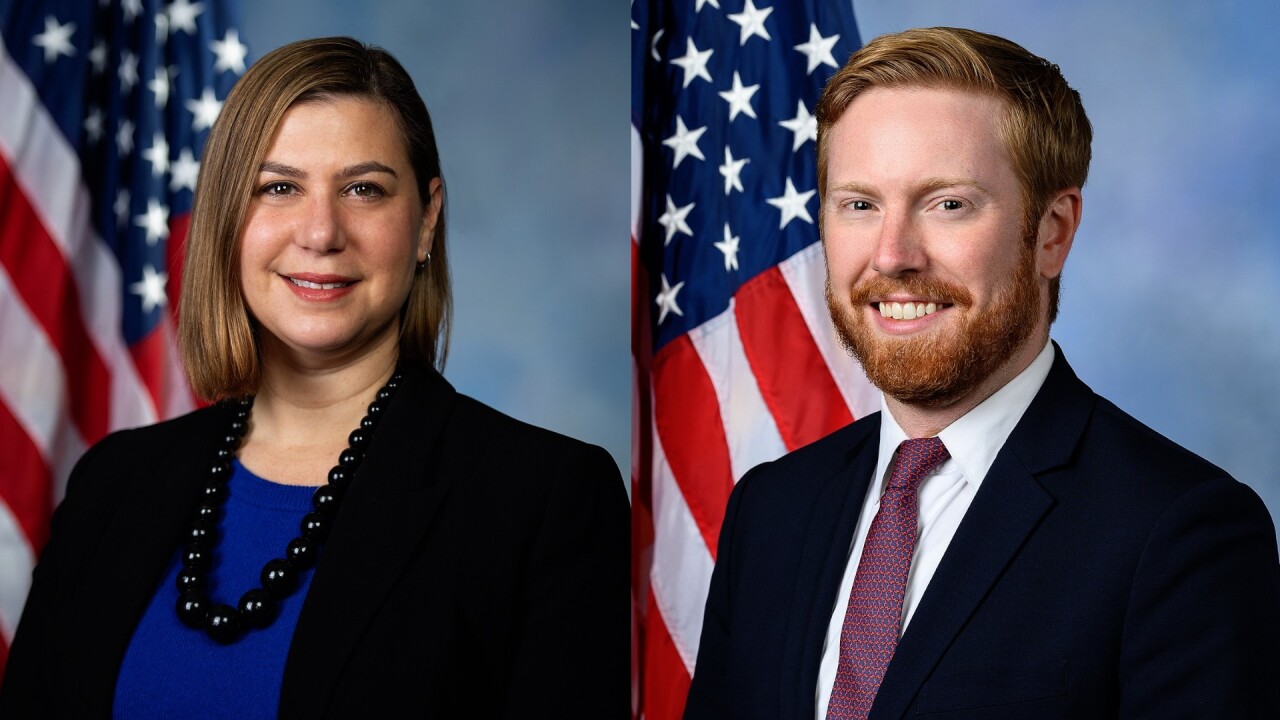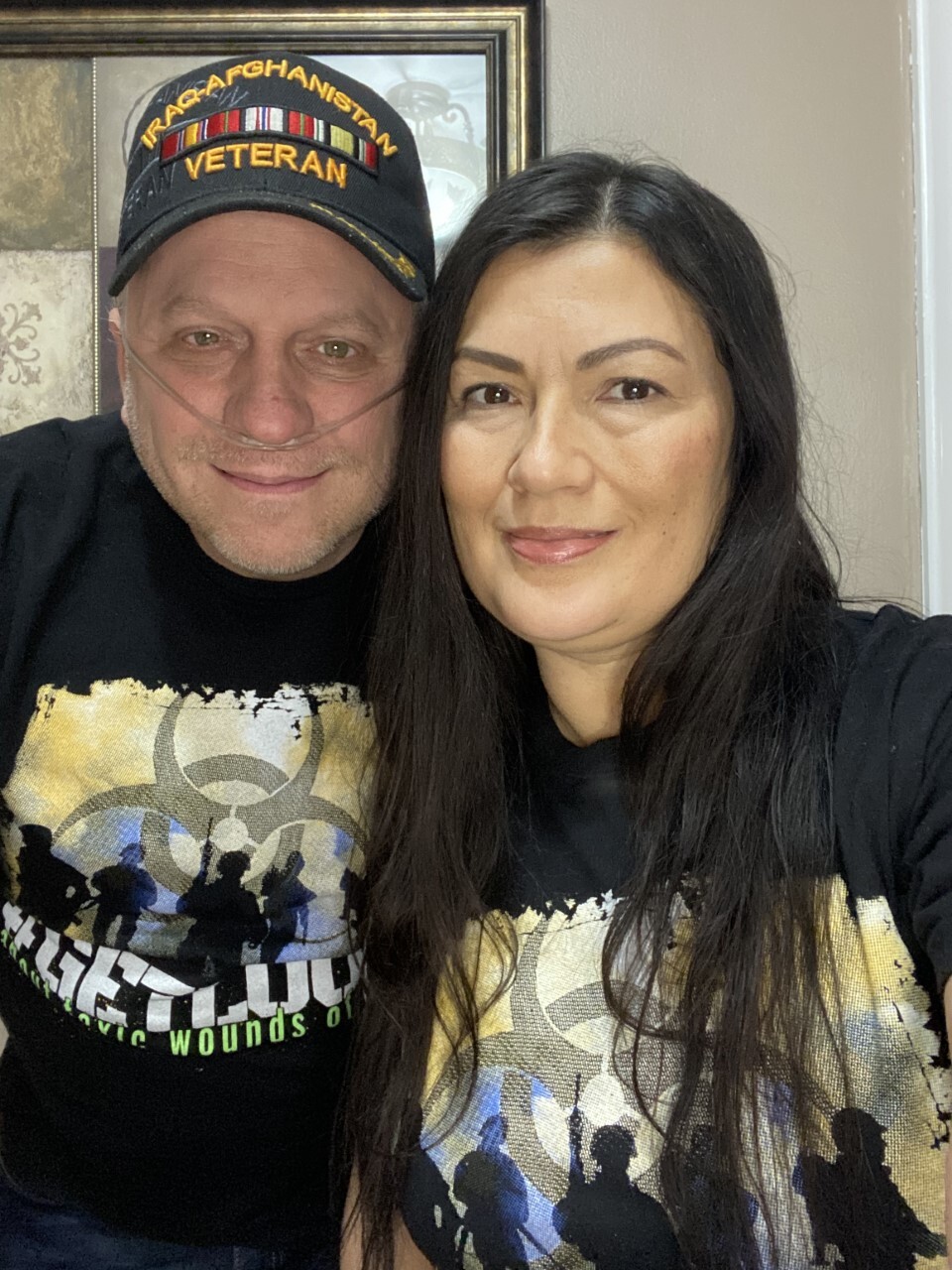(WXMI) — The year was 2006, Michigan native Kevin Hensley had been serving more than a decade in the U.S. Air Force when he was deployed to Kirkuk, Iraq. His first of several Middle East stops, where he says he was stationed near open air burn pits.
“We would get up in the morning, come out of our bunk and you could see the soot and the ash just coming down on top of you,” Hensley told FOX 17.
Burn pits are exactly what they sound like; areas where the military burned waste during war. Some of that waste is undeniably toxic.
“There was bullets, body parts, medical waste, lead, tires, feces, you name it and it was all ignited by jet fuel. And these things would run 24 hours a day, seven days a week,” Hensley explained.
Hensley was stationed close to burn pits on multiple tours from Iraq to Afghanistan to Kuwait, before retiring and moving back to Wayne County, Michigan in 2015.
“I was one of the lucky ones who made it to retirement,” Hensley added.”

But his return from battle was only the beginning of another one. Upon retirement, his health was quickly deteriorating.
“[A doctor] said I had the lungs of a 91-year-old, at that time I was only 39,” Hensley added.
Often called this generation’s Agent Orange, burn pit exposure has been pointed at by many veterans as the cause of otherwise unexplained health problems.
The U.S. Department of Veterans Affairs has been hesitant to do so, saying they are still actively studying hazards like burn pits, but maintain, “many health conditions related to these hazards are temporary and should disappear after the exposure ends. Other longer-term health issues may be caused by a combination of hazardous exposures, injuries, or illnesses.”
DECLINING HEALTH
At first, Hensley says the military tried to write off his problems as Asthma, but with how severe his condition progressed, he sought further help.
It was on social media where he found other veterans who talked about their exposure to burn pits and serious health problems they were facing.

“It's lung cancer it’s brain cancer, it's thoracic cancers, it’s respiratory issues. Some of them don't know what it is exactly because they're getting told that it's just asthma, like myself,” Hensley added.
Not satisfied with his diagnosis and struggling to perform daily tasks like walking through a grocery store without gasping for air, Hensley and his wife traveled to Nashville, TN to meet a lung specialist.
The doctor found toxic exposure and debris in his lungs. Hensley, a non-smoking, avid runner was diagnosed with Constrictive Bronchiolitis.
In a study published by the New England Journal of Medicine in 2011, Doctors found dozens of veterans who came back from war with the same chronic respiratory illness after breathing in toxic chemicals.
Henley later traveled to Colorado to receive a brain scan. He says the results showed toxic exposure in his brain as well.
“I have a terminal disease. I'm facing a lung transplant in the near future. They say the average lung transplant lasts about between five to seven years. And to be quite frankly honest with you, I'll be surprised if I make it to 60 years old, and I'm 45 now,” Hensley added.
BURDEN OF PROOF
It was in 2020, after several years, that Hensley says the VA finally recognized his exposure to burn pits and the impact it had on his health, giving him 100% payment and back pay dating back to 2018.
The burden of proof lies on veterans to pinpoint exactly where and when they may have been exposed to burn pits, while filing claims with the VA.
“You've got to prove and prove and prove and prove again,” Hensley said.
A huge chunk of soldiers who filed for help, have been denied. Between 2007 and 2020, the VA denied 78% of burn pit-related disability claims, according to a report from Stars and Stripes.
“[Vets] don't have the ability to go out and have the separate insurance to be able to challenge that or question that or find out if [a diagnosis] is just that or if it's something else more severe, more significant,” Hensley said.
That’s why Hensley and many others are calling for change, saying those who served, deserve better.
“We did sign up for the war, we did sign up to support and defend the constitution against all enemies both foreign and domestic. We just didn't sign up for being poisoned,” Hensley added.

Hensley started a local chapter of Burn Pits 360, a nonprofit organization dedicated to “improving post-deployment health outcomes for current and former military personnel, especially those who are suffering from emerging, complicated, or unexplained post-deployment health concerns arising from service in our post-9/11 wars and previous conflicts.”
Burn Pits 360 also created an independent burn pit exposure registry for families of veterans who passed away from an illness caused by toxic exposure.
A PUSH FOR CHANGE
In the past several years, new laws have been passed to target the arduous process for vets seeking help as it’s related to health problems tied to potential burn pit exposure.
In 2013, President Barack Obama signed a law creating theAirborne Hazards and Open Burn Pit Registry, an online questionnaire veterans can fill out, to help collect data for research into medical issues related to burn pit exposure. So far more than 200,000 troops have submitted the survey.
Five years later, President Donald Trump signed the Helping Vets Exposed to Burn Pits Act, which requires the VA to establish a center of excellence aimed at the prevention, diagnosis and treatment of health conditions relating to exposure to burn pits and other airborne hazards in Iraq and Afghanistan.
2021 has brought a new push from legislators, including a bipartisan bill from two members of Congress who represent Hensley’s home state of Michigan.
“I think just about anybody who served in the military and deployed overseas, knows what it's like to see those burn pits and folks in their network that are experiencing, especially cancers but just ailments in general, that really shouldn't be there given the age and the demographic.” U.S. Rep Peter Meijer (R-Grand Rapids) told FOX 17.
“We need our government to be doing everything they can to remove some of the burden on those service members seeking medical assistance for those ailments,” Meijer added.
Alongside U.S. Rep. Elissa Slotkin (D-Lansing), Meijer co-sponsored a new bill that would remove the burden of proof from veterans filling for help from the VA.

Meijer is a U.S. Army Veteran who served overseas in Iraq, Slotkin was a former CIA analyst who did three tours in the country herself.
Both members of Congress saw burn pits firsthand and know veterans facing health problems from them.
“This is really the Agent Orange of our time. It's just like the toxic exposure that so many of our Vietnam vets had, some of them they were fighting for 30 years to get the care that they need and no one wants to see, on a bipartisan basis no one wants to see that,” Slotkin told FOX 17.
The Veterans Burn Pit Exposure Recognition Act of 2021 would require the VA to formally recognize and concede that veterans who served near burn pits were exposed to airborne hazards. It would also require the VA to conduct full medical examinations on veterans to determine a potential connection between ailments and past exposure.
In cases like Hensley’s it could save several years of seeking second opinions, time he and many other veterans don’t have to lose.
“Bureaucratic obstacles have prevented them from receiving the care they need and deserve. Waiting even one day for treatment of this toxic exposure is too long, and our veterans deserve better,” Meijer added.
“While this bill doesn’t solve the whole problem, it’s an important first step in cutting through red tape and simplifying this process for veterans trying to access the benefits and care they’re entitled to,” Slotkin said.
A LOOK AHEAD
Kevin Hensley served nearly 20 years in the military and even more hard years are approaching. He’s required to be on oxygen for the rest of his life, but he’s not stopping his fight to help other vets impacted by burn pit exposure.
“We don't dig up our backyard and start burning all of our trash and everything from our house and let our kids play outside 24 hours a day, seven days a week, because that would be inhumane and that would be crazy. But this is what we're doing to our soldiers, sailors, airmen and marines on a daily basis,” Hensley said.
Though Hensley is encouraged by the bipartisan push to fix the system and is calling on his fellow vets to put the pressure on lawmakers to finally make a change.

“I would like to reach out to those folks who have signed up for the burn pit registry, please email, call or write your congressmen and women or senators and let them know that you know you support legislation,” Hensley said.
“We desperately need to get something done.”





